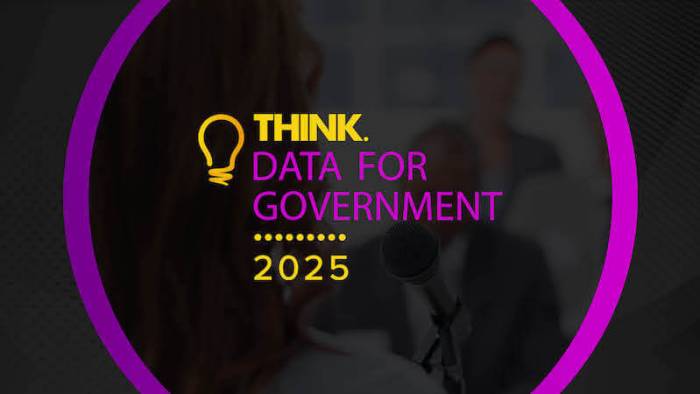The Government in the UK are investing billions into broadband and cloud infrastructure, but in 2024, a Public Attitudes to Data & AI Tracker survey found that only 33 percent of the public trust the government to keep their data safe, down from 40 percent in 2021. Furthermore, 3.8 million people in the UK still lack the basic competence to use digital technologies in their daily lives, according to the recent Government Digital Inclusion Action Plan. While physical infrastructure needs expanding, people’s ability and confidence to use it effectively must also be considered.

Concerns over artificial intelligence (AI), data privacy, and online safety are complicating the landscape. These technologies are becoming more prominent in the public eye and can leave many feeling overwhelmed or uncertain about what digital transformation means for them. Without clear communication, even well intentioned initiatives risk missing the mark.
For public sector tech initiatives such as Think Digital, which focuses on accelerating digital skills and innovation in public services, and Project Gigabit, the government’s flagship programme to deliver lightning-fast broadband to hard-to-reach areas, to be successful, stakeholders must pair technical execution with human-led communication. This means simplifying the benefits, setting realistic timelines and engaging with the communities they aim to serve.
Infrastructure can connect people to digital services, but it cannot build confidence, understanding or guarantee adoption. Successful communication is therefore vital for these benefits to be fully realised. For digital initiatives to succeed, explaining what projects like Think Digital and Project Gigabit actually mean for communities, and what their success looks like, will be vital.
We must be able to answer the questions the public is asking. Will there be disruption? What does success look like?
A Connected Nation is Not Necessarily an Included One
Public sector success is often measured by access, availability and speed. These are important metrics, but they don’t reflect the full picture. While investment in infrastructure is a necessary foundation, it does not guarantee inclusion.
Access is not the same as adoption. The Government Digital Inclusion Action Plan highlights the millions of people still lacking the skills or confidence to benefit from the infrastructure being deployed. This digital skills gap is compounded by a broader sense of uncertainty and mistrust. Rapid advances in AI, increased data collection and widely reported cybersecurity breaches have left many members of the public not only questioning how to engage but also whether they want to at all.
This growing trust gap presents a significant risk. If people don’t understand why digital initiatives matter, or even think they could be harmed by them, then uptake will stall and ultimately, public money will have been wasted.
For government projects to succeed at scale, technical capabilities must be matched by an equally robust comms strategy that articulates the value of public buy-in.
If you liked this content…
Bridging the Digital Divide with Strategic Comms
Reaching everyone is no longer enough. Government and public service organisations must ensure people understand the ‘why’ behind every digital initiative. What will these changes mean for their daily lives? How will they benefit from services like faster broadband and smarter public services? Can they trust those delivering them?
Public bodies need to recognise the critical role of effective messaging. They need to clearly and consistently communicate the purpose, benefits and safeguards around digital transformation. The potential consequences of poor communications here could be high – disengagement, public scepticism and a wasted investment.
These things aren’t just nice to have. Good communication is just as important as the infrastructure itself.
People need to know what’s changing and why it matters. That means explaining clearly how digital services will affect daily life, not in technical terms, but in ways that feel real.
Whether it’s booking a doctor’s appointment online or running a small business more easily, the benefits need to be easy to understand.
Communication Shouldn’t Be an Afterthought
Public bodies are under pressure to move fast and meet big targets. But if communication is treated as an afterthought, the risk of confusion and mistrust grows. Clear, honest and ongoing communication should be built in from the start.

Even if the tech is complicated, the message shouldn’t be. People need to know what’s happening, how it will help them, and what to expect. That’s especially true for projects like Think Digital and Project Gigabit, which aim to reach wide and varied communities.
Success won’t just be about how many homes or businesses are connected. It will be about how many people feel confident and willing to use what’s been built.








